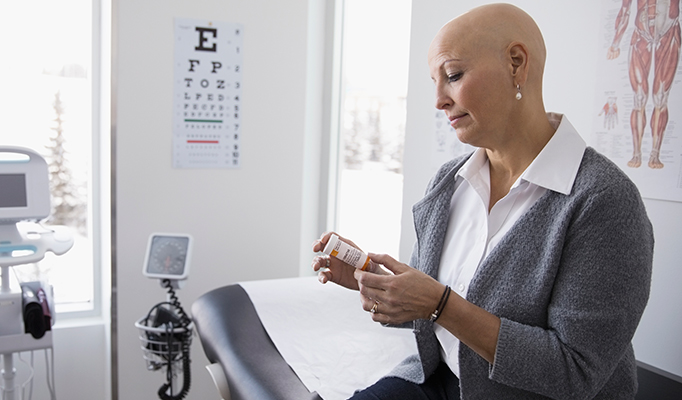The Centers for Disease Control and Prevention (CDC) estimates that since 1999 the number of overdose deaths involving prescription opioids has quadrupled and that approximately 91 Americans die each day from an opioid overdose.1
In response to what many are calling an opioid epidemic, the CDC issued guidelines for limiting prescribing of opioids and many state legislatures have passed or are in the process of passing laws limiting opioid prescriptions. Although much of the response to the opioid epidemic exempts treatment for cancer-related pain, a recent Oncology Nurse Advisor online survey showed that more than 80% of respondents were concerned about how current restrictions set up to manage the opioid crisis are affecting cancer patient pain management.
“What we are seeing is more and more difficulty for our patients in getting their pain medicine,” said Ann Brady, MSN, RN-BC, CHPN, a symptom management care coordinator at Cancer Center Huntington Hospital in Pasadena, California. “In the past, a physician could write an order for an opioid and the patient could fill it. Now there are a lot more hoops to jump through.”
Cancer-Related Pain
The International Agency for Research on Cancer, estimated that in 2012 there were more than 32 million people worldwide living with cancer and that number is expected to increase to more than 52 million by 2030.2
As the number of people with cancer increases so too will the number of people living with cancer-related pain. An estimated 4 in 10 cancer survivors live in some degree of pain, and 5% to 10% have severe chronic pain.3,4
